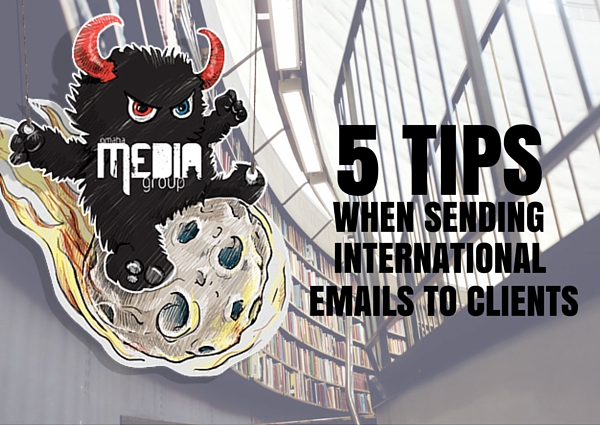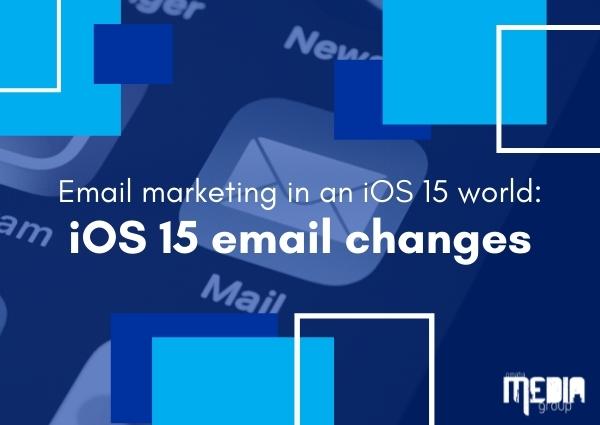 https://www.omahamediagroup.com/images/uploads/monster_gallery/Omaha-Media-Group-Black.jpg
admin
https://www.omahamediagroup.com/images/uploads/monster_gallery/Omaha-Media-Group-Black.jpg
admin
5 Tips That You Should Follow When Sending Emails to Your International Clients

Looking to expand your business globally? You will need a well chalked-out plan for that. Email marketing will be of paramount importance and will play the primary role in your well-targeted marketing efforts. It has been proven time and again by different analytics tools that even in this age of ever burgeoning social media marketing activities, marketing efforts via emails have a much higher conversion rate.
Let us assume that you already have a solid database of international clients and prospects. This article aims to discuss five best practices that you should follow in order to increase email open rate, click-through rate, lead generation and conversion. All your efforts will go down the drain if the emails end up in the spam folder of your customer or get blocked. In some countries, non-compliance with email marketing regulations may additionally attract a hefty fine.
Best practices
1. Be careful with your language: What is the language of communication mostly preferred by your clients? Will you use English? Even if you are using English, you will have to factor in the local speech dialects, spellings and writing styles. If you are using language other than English, make sure that you are using top translator tools.
It has to be born in mind that literal translation may not work always. Some expressions may be perfectly acceptable in one culture but may be considered offensive in another. Since you are sending out formal emails, the tone of your letter shouldn’t be too friendly.
2. Focus on the right design: When you are designing the email template for a global audience, your design will have to be in alignment with the universally accepted best practices. The design should be clutter-free. It should not obfuscate the message of the email copy. The images should be named using alt tags to avoid any confusion in case the image is not visible.
Apart from this, the text area should be flexible enough to accommodate the changes in the size and structure of a sentence due to translation. This should apply as much for the text boxes as for the header areas.
3. Follow proper encoding standards: Before embarking on email marketing strategy, you need to find out which markets use which encoding standards. Most Western countries mandate the use of the variable length UTF-8 encoding but some other key markets may use other standards. Make changes accordingly.
4. Understand the country-specific laws: No marketer wants to unnecessarily get into trouble with law enforcing agencies. Find out the regulations in each country where you plan to send emails and ensure that these emails comply with them. Anti-spam laws are very strict in some countries and any transgression is heavily penalized.
5. Personalize the experience: Use analytics tools to understand the tastes and patterns of different markets. Sort and club them into small segments. You should then send personalized emails separately targeting each segment. Testing your data and processes repeatedly will be helpful. Take into account the difference in time zones when sending out emails for maximum click through response.
Understanding the pulse of your international audience is the all important first step. Once that is done, inducing your clients to improve interactivity and conversion is relatively easy. Even 3-4% conversion will help you see big numbers.
Are you looking to expand your brand globally or reach your international clients? Contact us today! {contact-form)
Hire the team to help you with your website, app, or other marketing needs.
We have a team of digital marketers who can help plan and bring to life all your digital marketing strategies. They can help with social media marketing, email marketing, and digital advertising!
CONTACT US




Comments